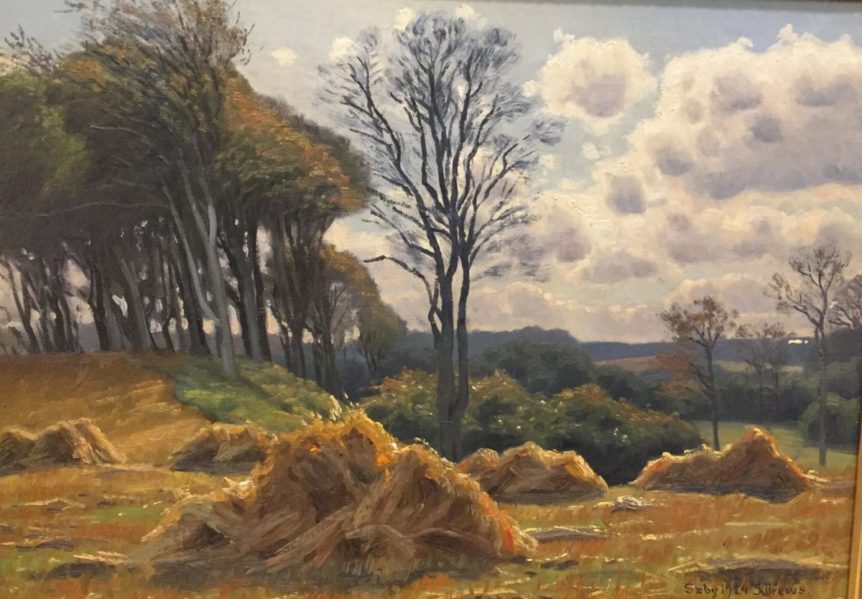I’m going to assume that most of you reading this article are not among the very, very few (mostly dealers and investment partners) who speculate on vintage paintings in the multi-million dollar range, hoping to flip them later for profit. That market is no different from stocks or commodity futures. It just happens to involve paintings. And sometimes, the “value” of a particular painter’s works seems awfully arbitrary.
Paintings as investments
If you’re not one of these speculators, there’s a pretty simple answer to the question of whether you should buy paintings as investments. The answer, which few dealers will tell you, is “probably not.” That is, unless you want to move to New York or London. Somehow penetrate a very tight circle of artworld arbiters. Make bets, compete fiercely and be prepared to possibly lose a lot of money.
You should buy paintings because you love to look at them. Because they will give you a lifetime of pleasure (as no fancy dinner or vacation will), they’ll dress up your home, and because you can pass them on to descendants towards the end of your life. You can leave them in your will or allow them to sell as part of your estate – in each case benefiting your beneficiaries. If their value increases, it’s a free bonus.
Value for money
You should also buy paintings because they represent good value for money, apart from any prospect of a future increase.
Let’s look at an example. You buy a superb, modest-sized 1885 landscape painting by a lightly listed painter for $1,500. It embodies decades of an artist’s painstaking attempts to improve his or her craft. Not to mention perhaps several days’ work to make the painting. Maybe this painter lived in a smallish city, or just never ran in the right circles to become “famous” (there’s often a lot of luck involved). The painting isn’t necessarily of lesser quality than a given $40,000 painting by someone who was better known.
Old-school talent
In the case of antique paintings such as the ones I sell, there really aren’t many painters around who have the skills to paint the old-school way anymore. Painters who have been willing to pay the dues necessary to learn laborious old-master techniques, in a time when they’re not valued the way they once were. Many of today’s painters can’t even draw well.
When you look at the aforementioned landscape painting with this in mind, $1,500 begins to look very inexpensive. You’re paying for their training, experience and personal stylistic accomplishments. Plus several days of labor, and you’re getting something few contemporary painters could achieve.
How much would YOU charge?
I sometimes look at painting such as this and think: what would I myself charge to invest the years of schooling and labor necessary to learn to paint like this, then go out into nature, sketch this scene, and spend a few days completing it. $1,500? Don’t make me laugh!
In fact, I find that landscapes, still lifes and figure paintings by contemporary artists using classic techniques generally cost more than antique ones, even by listed artists! This is because today’s artists have to make a living in an expensive new world, and the galleries generally keep half. Antique paintings (often by much more skilled painters) begin to look like bargains. And the 140 years of history the painting is steeped in is a wonderful “extra.” I enjoy having something created by somebody long, long ago, in a very different world.
Looking ahead
Sure, the time may come when the intrinsic value of antique paintings by fine painters who aren’t famous is better recognized. There might be a growing recognition that there will never be any more of these classics. And at that point who knows – the prices could rise steadily. Look at red coral, ivory, Russian icons and other irreplaceable collectibles. But I don’t suggest anyone buy paintings for this reason. Buy them because they pay dividends in pleasure no paper investment can, and because you can enjoy them your whole life rather than for a weekend – followed by your descendants if you so choose.
While antique art might not be the highest-yielding investment – it’s certainly a tremendous value.

